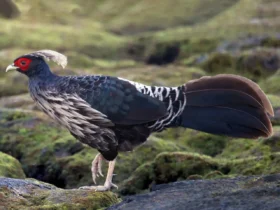In the realm of avian splendor, the peacock reigns supreme with its resplendent plumage and captivating display. Among the various peacock species, there is one that stands out for its ethereal charm—the White Peacock. With its shimmering white feathers and graceful demeanor, this elusive creature has captivated the imagination of people across cultures. In this article, we will explore the enchanting world of the White Peacock, delving into its appearance, symbolism, behavior, and the wonder it evokes in those fortunate enough to witness its presence.
White Peacock images
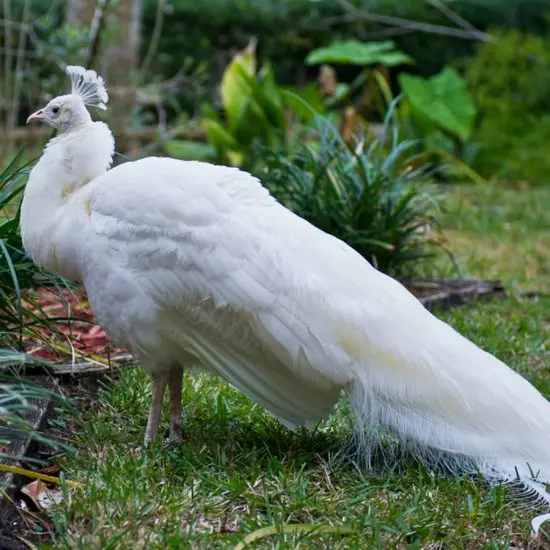
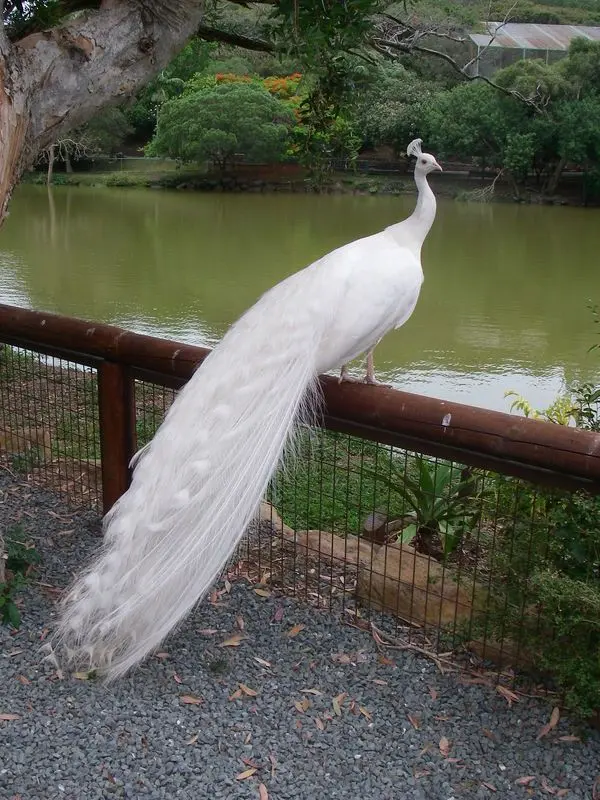
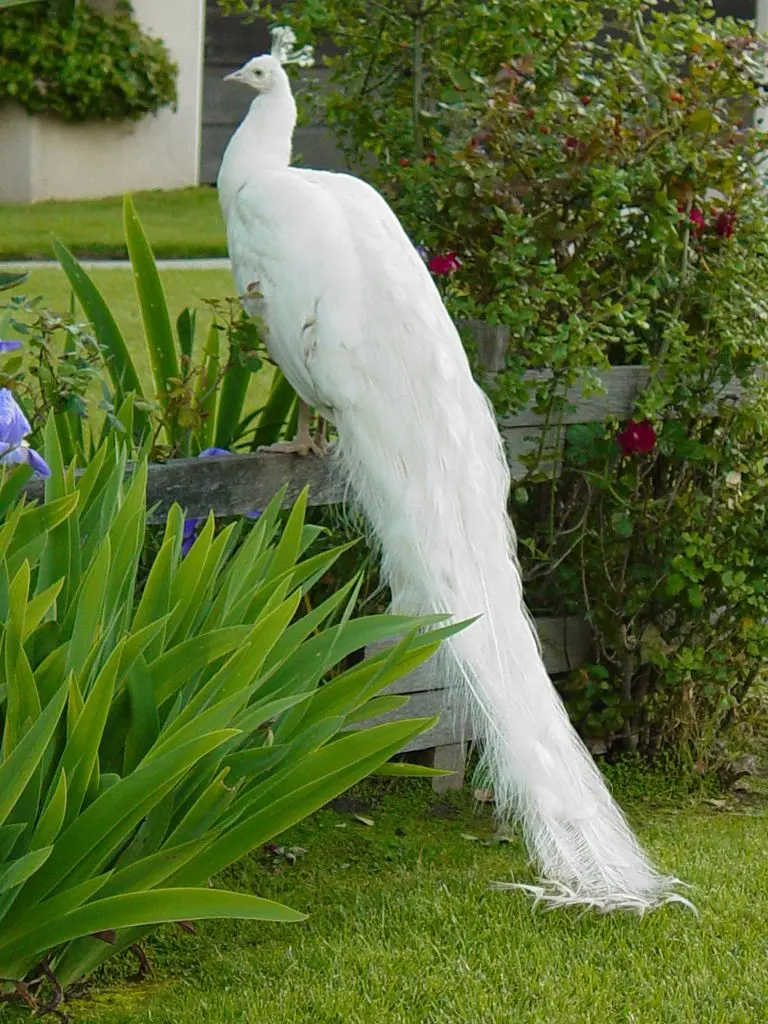
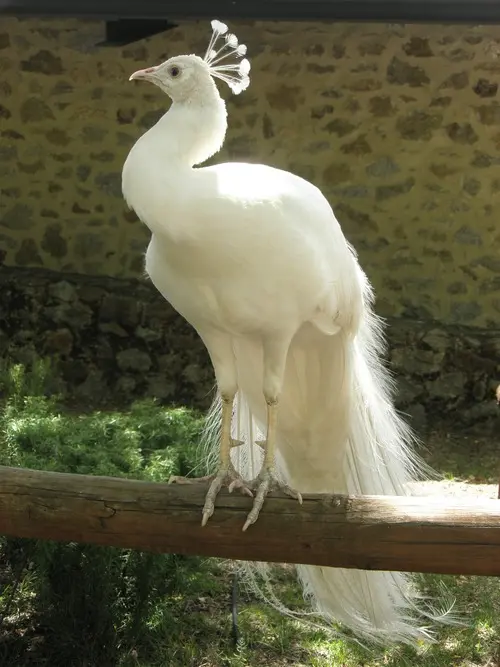
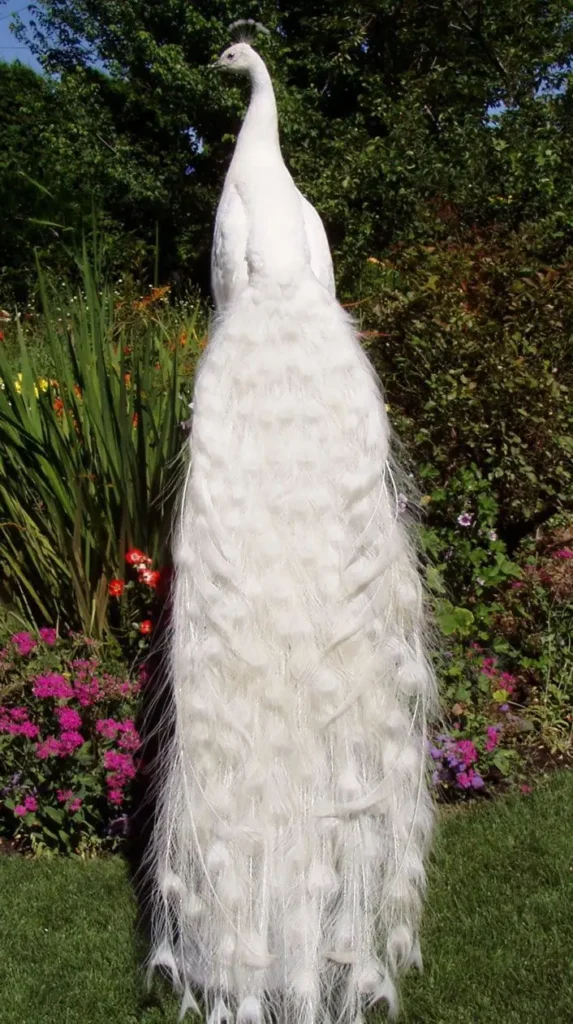
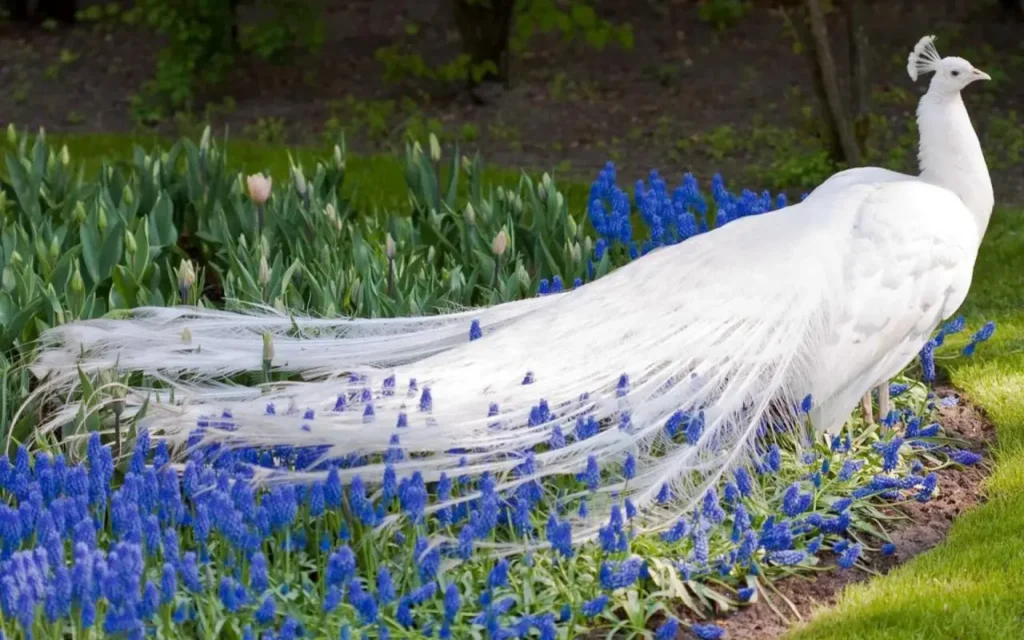
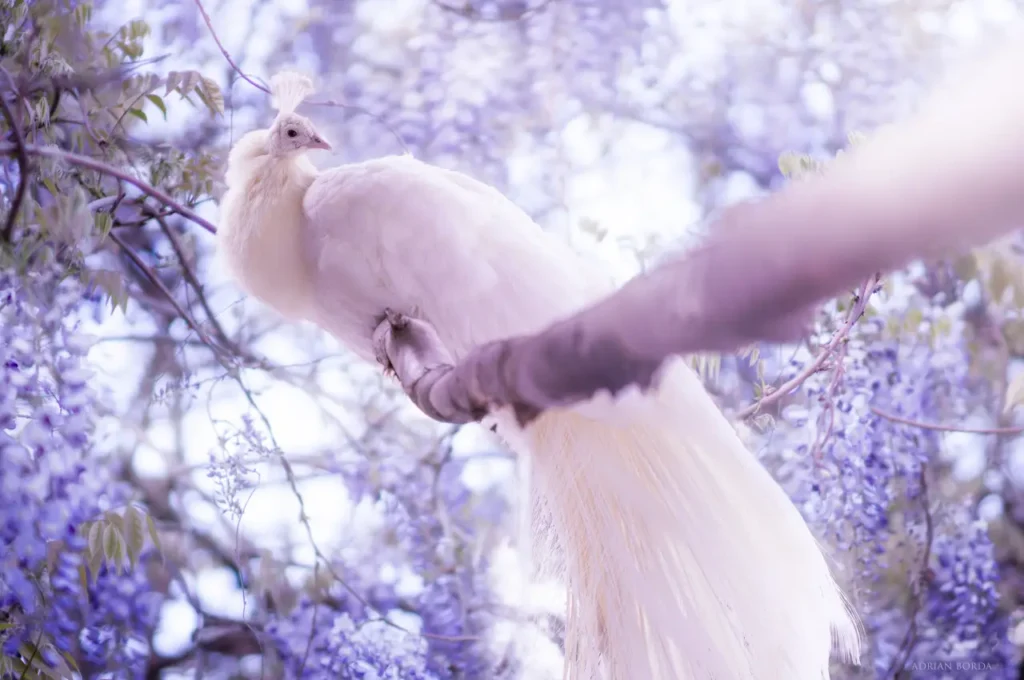
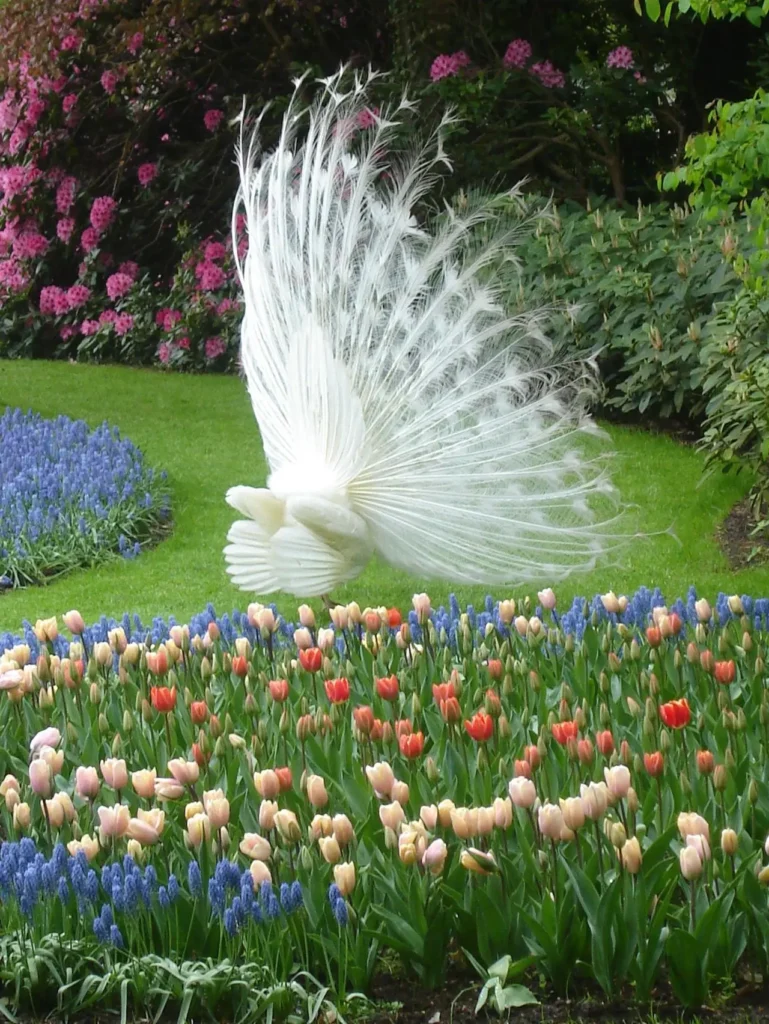
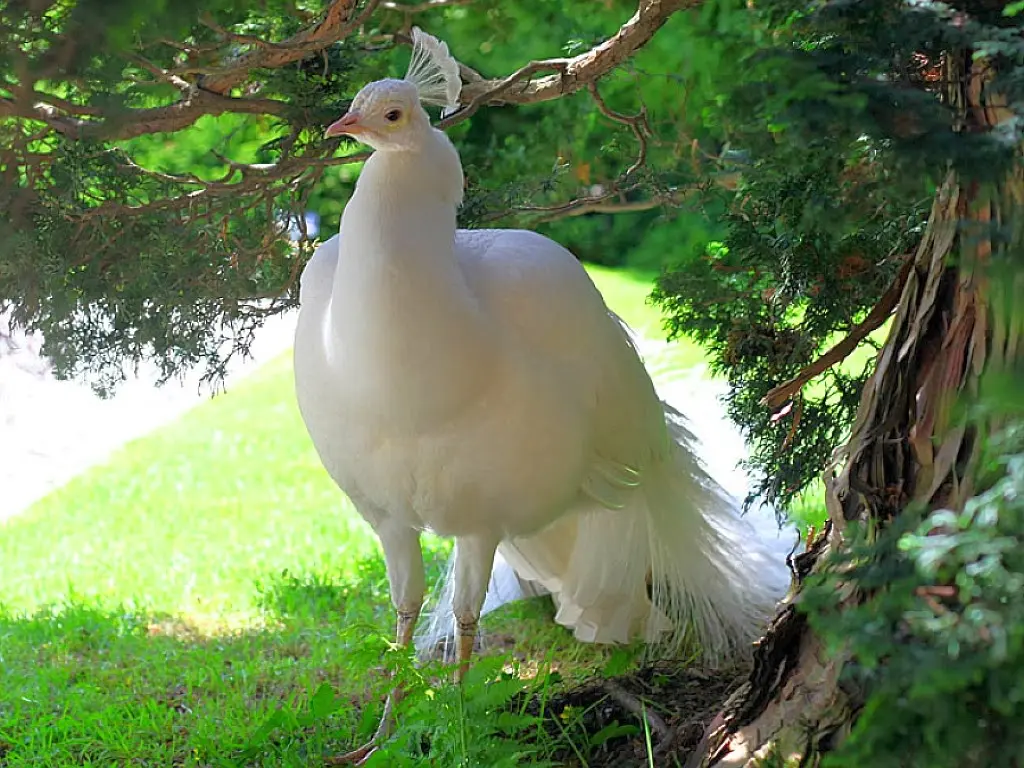
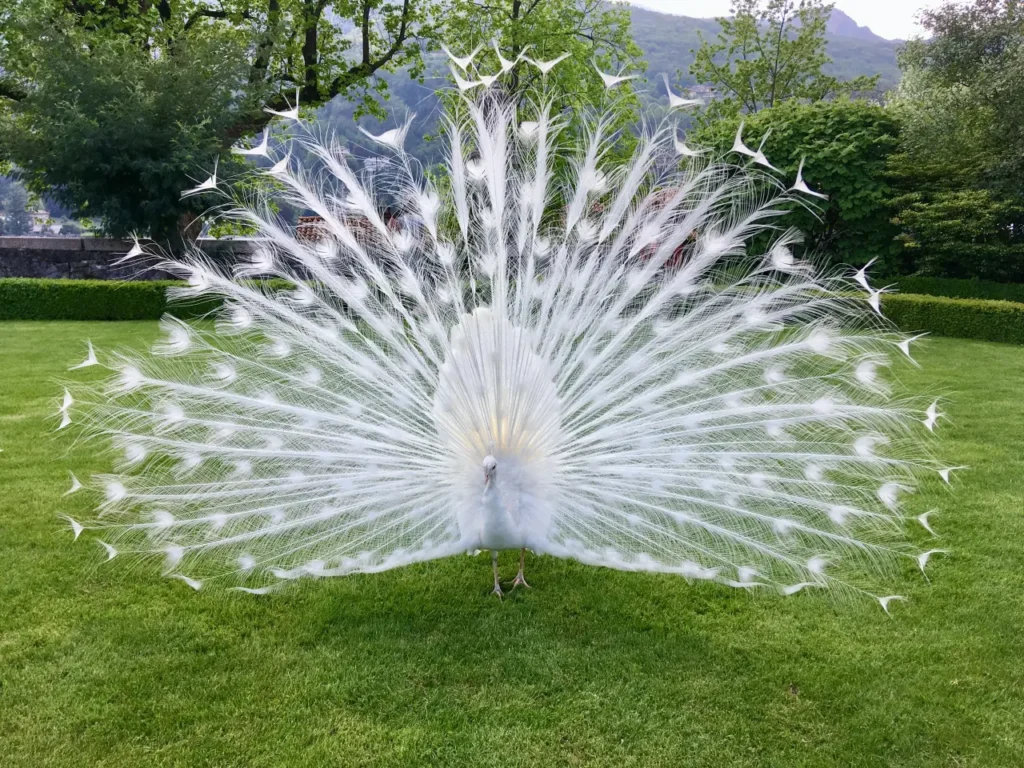
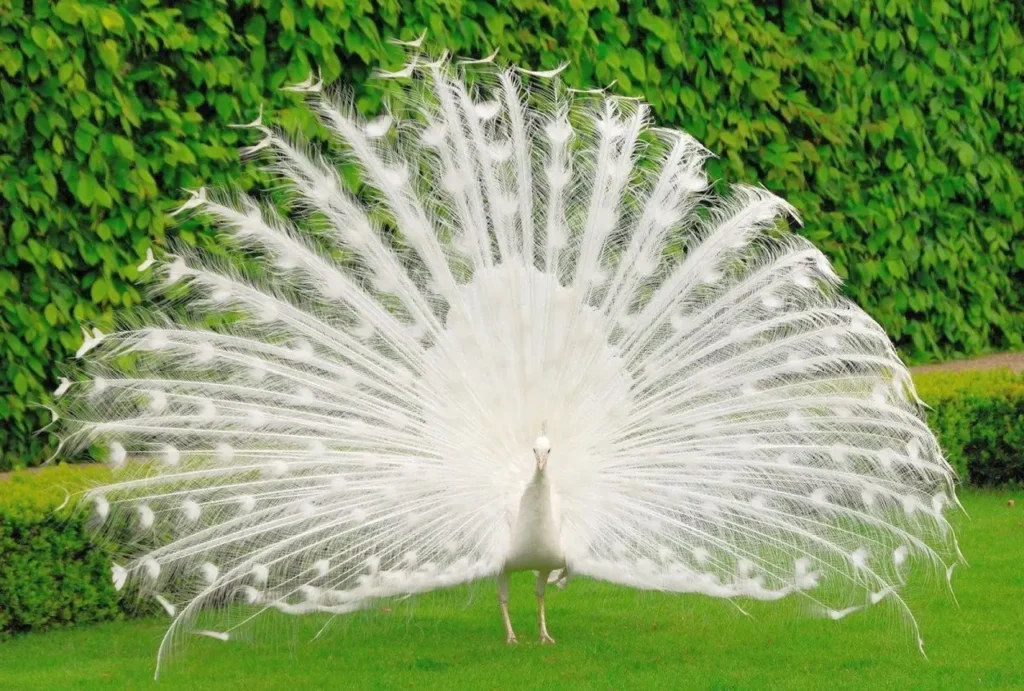
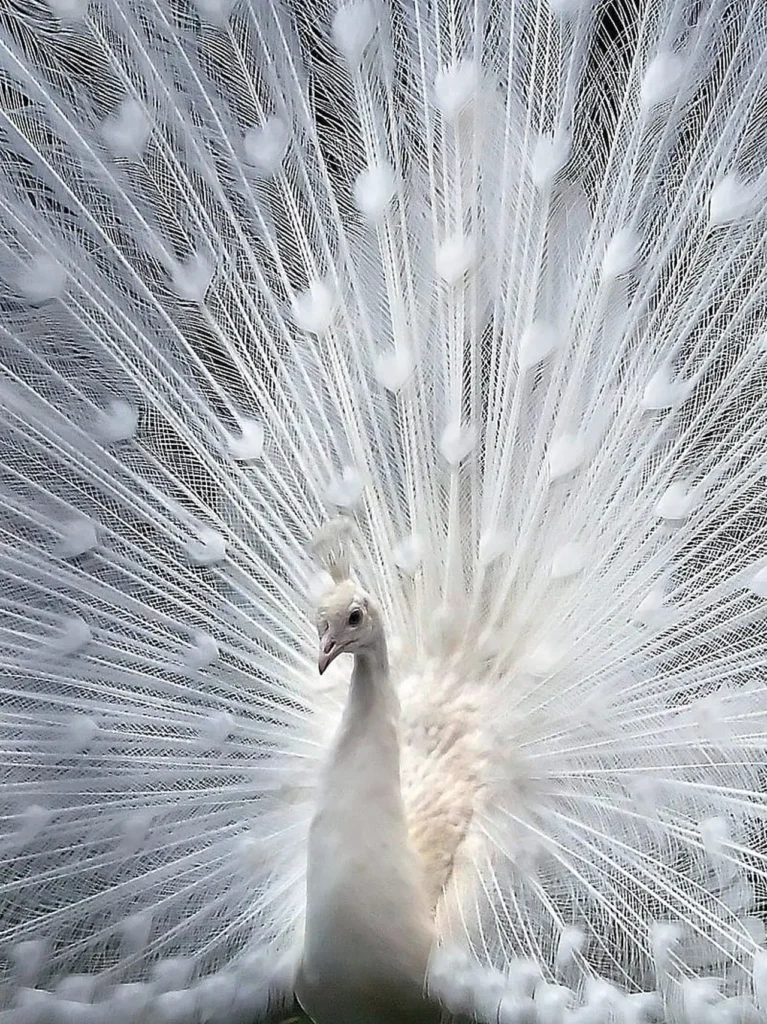
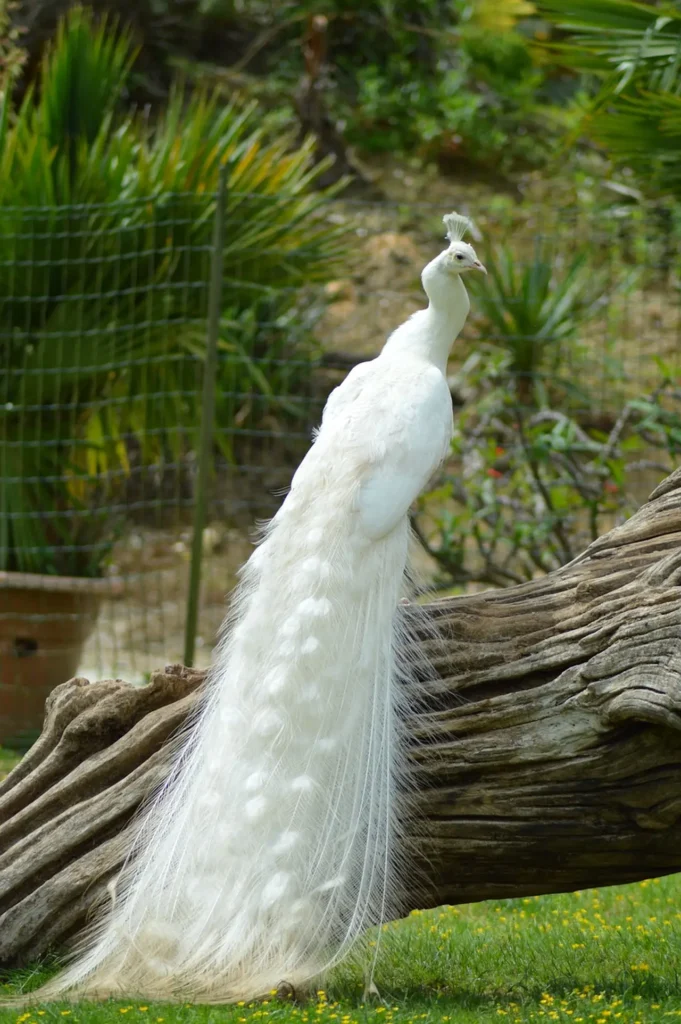
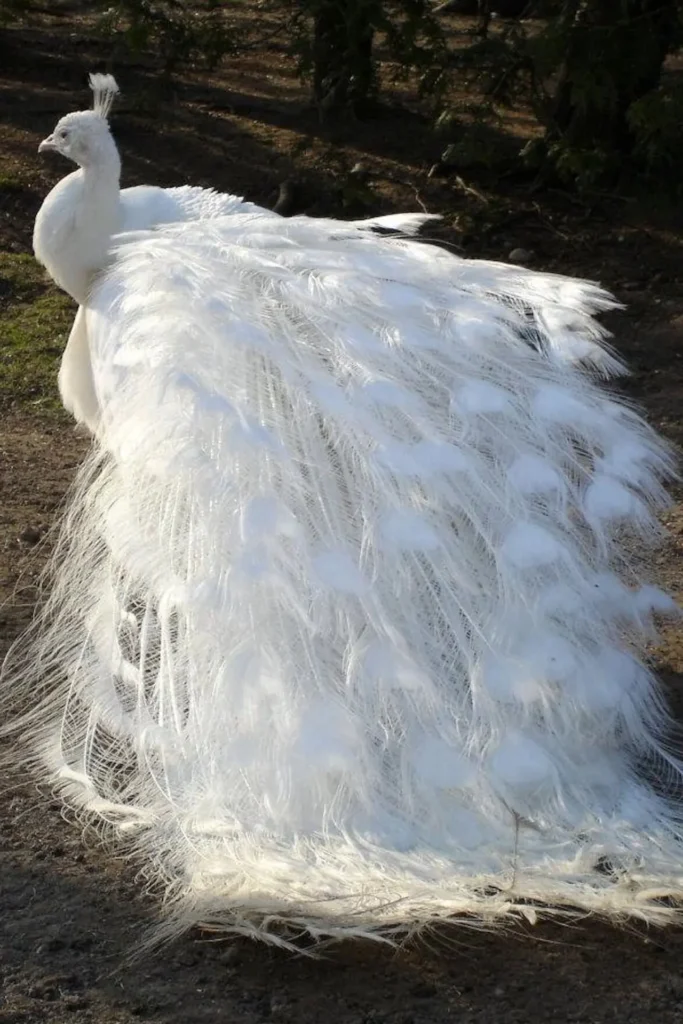
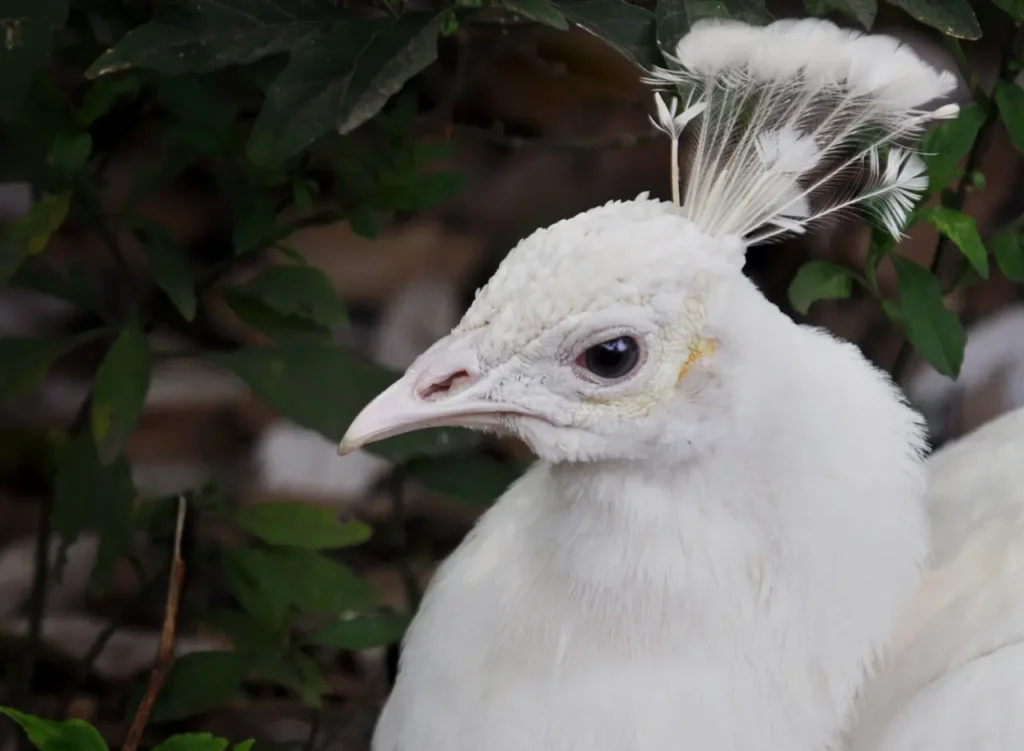
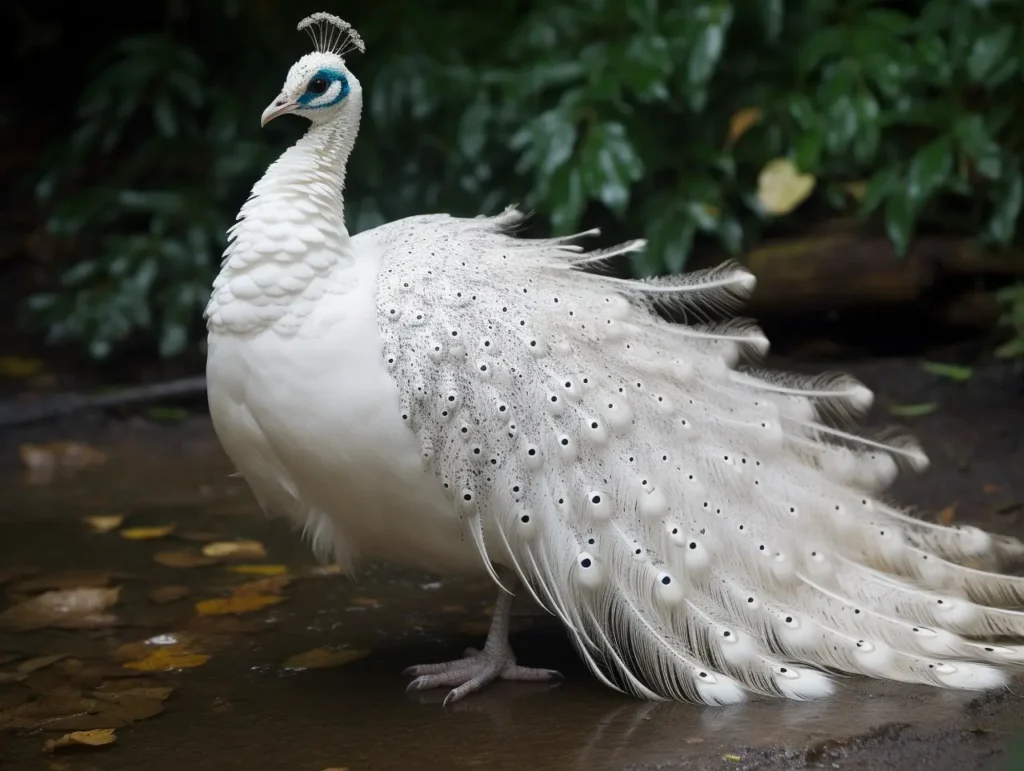
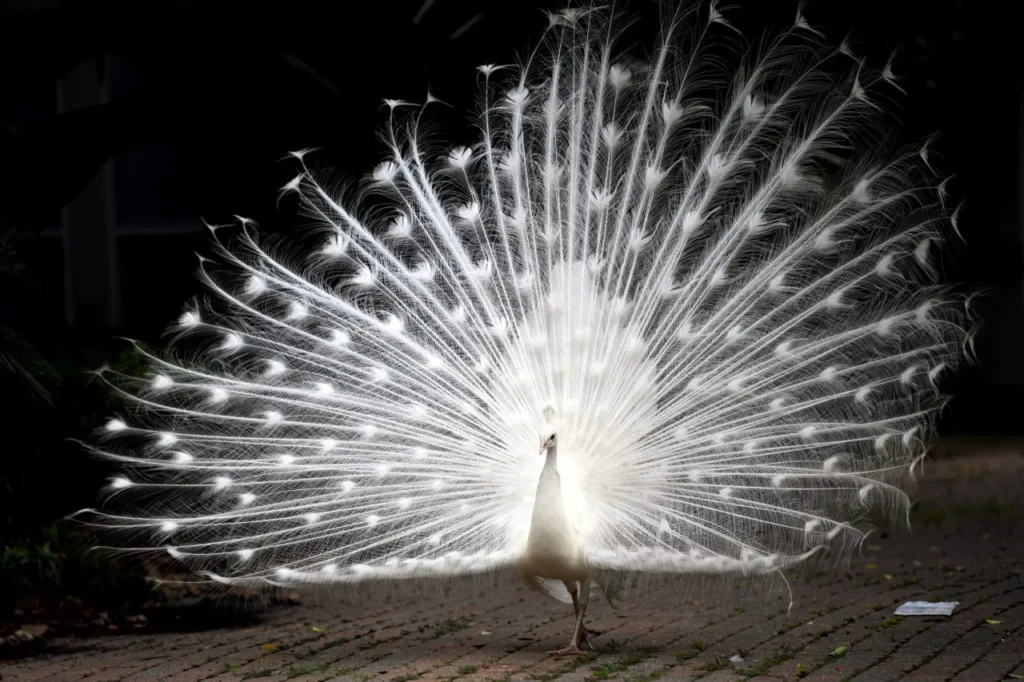
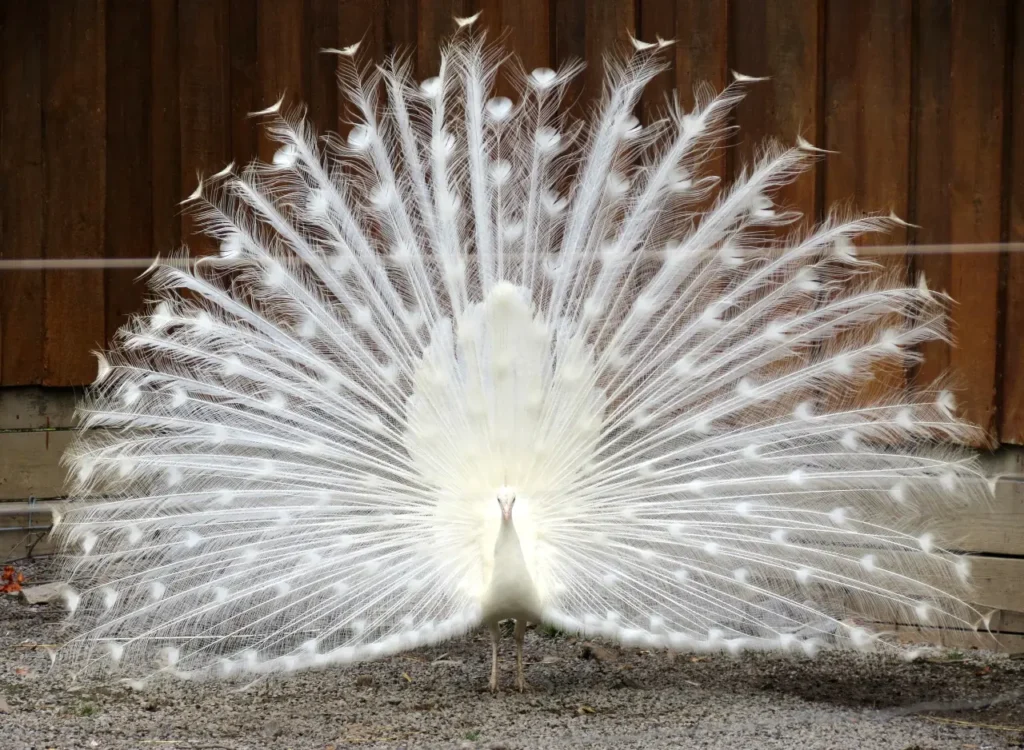
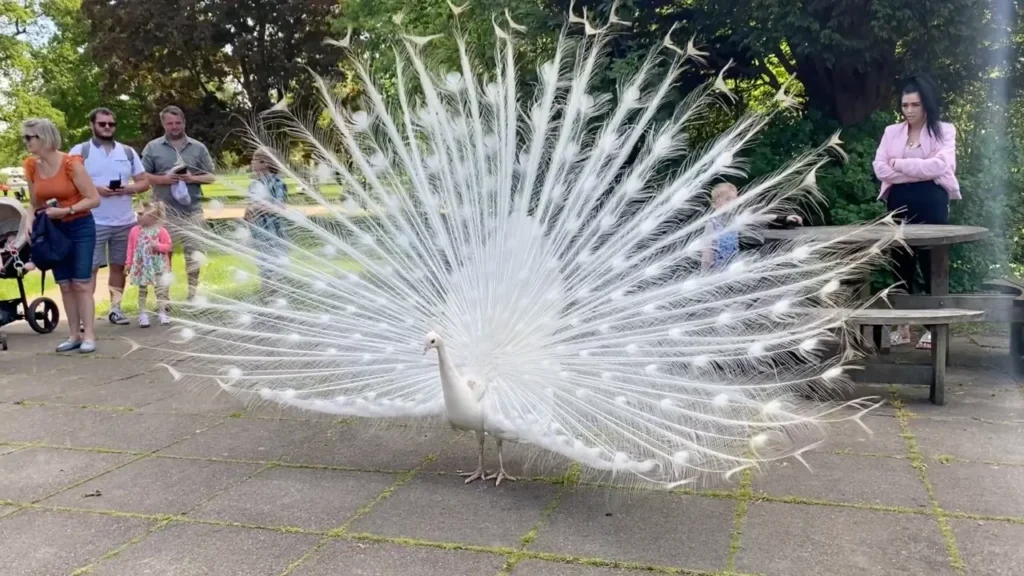
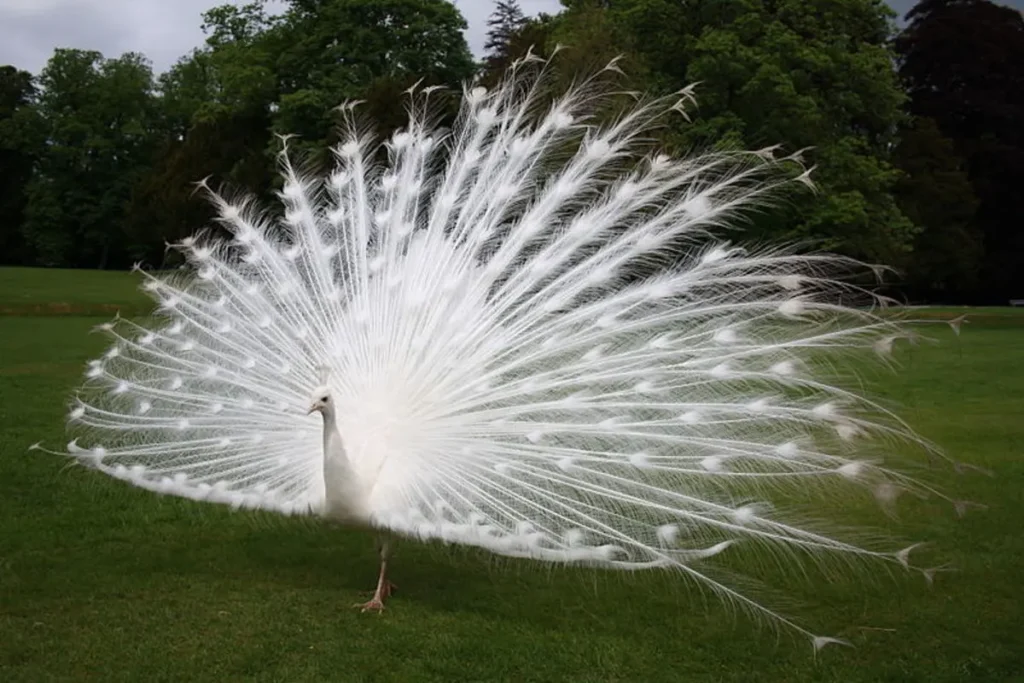
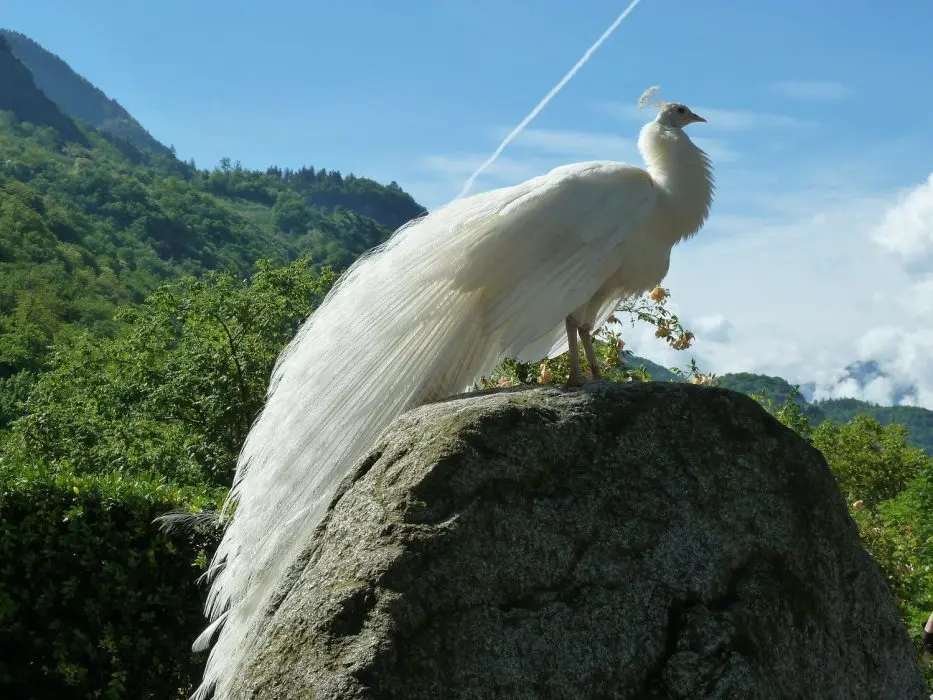
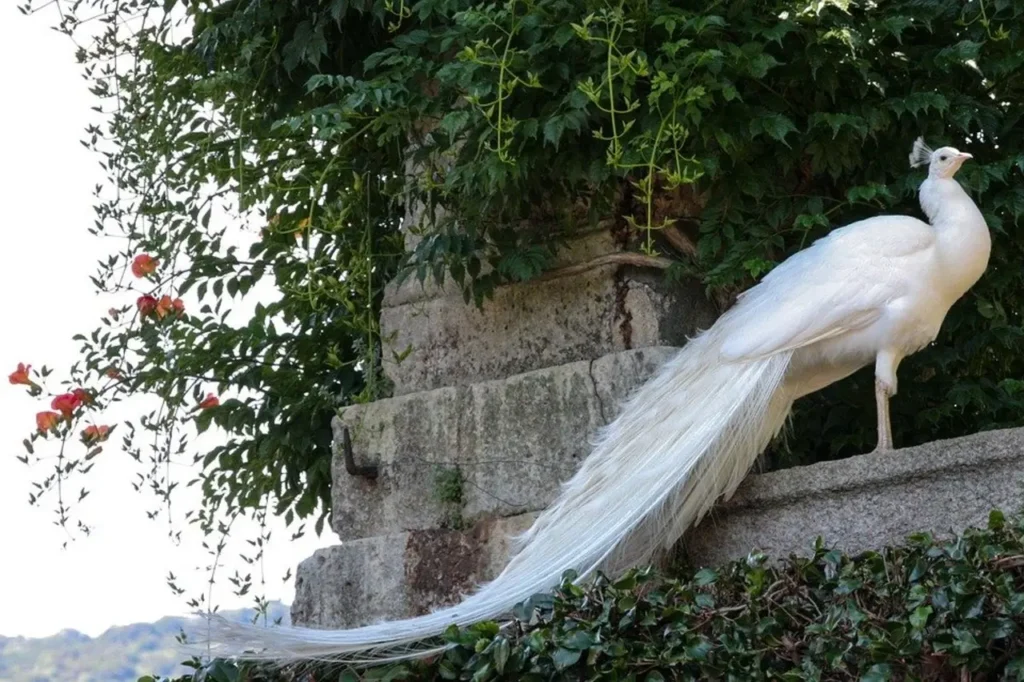
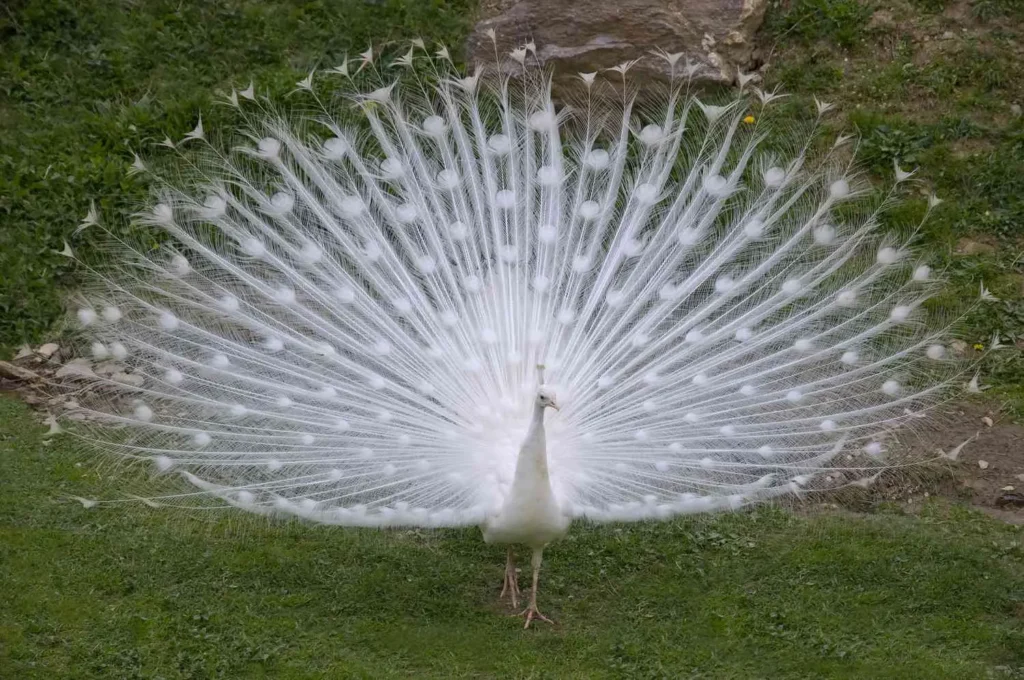
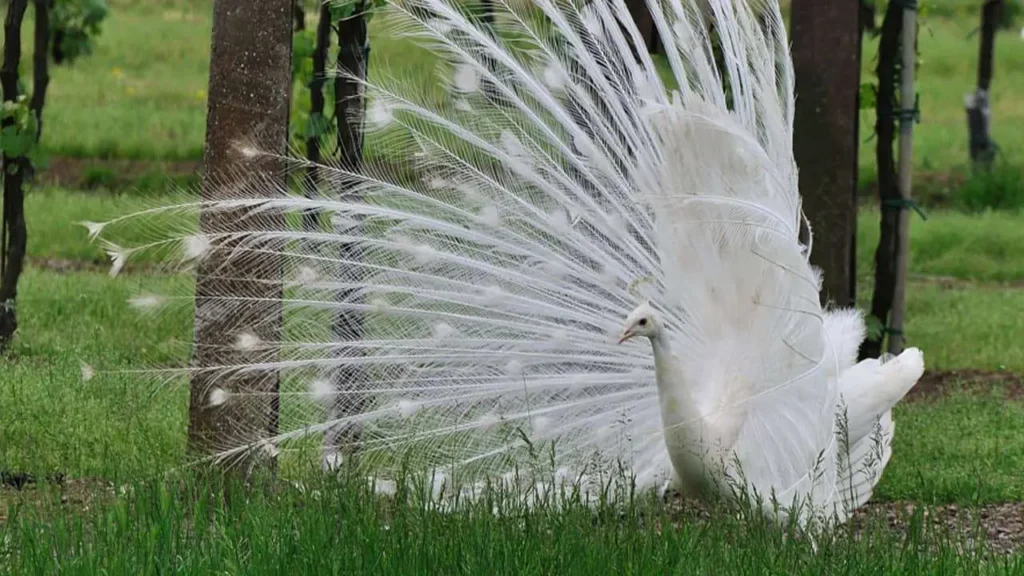
Appearance and Plumage
The White Peacock, known scientifically as Pavo cristatus albus, is a variant of the Indian Peafowl species. While the common peacock is renowned for its vibrant iridescent blue and green plumage, the White Peacock exhibits a stunning array of pure white feathers. It retains the majestic fan-shaped tail, which is elegantly adorned with long, flowing, and iridescent white feathers. The absence of colorful pigments in its plumage lends the White Peacock an otherworldly charm, evoking a sense of purity and grace.
Symbolism and Cultural Significance
The White Peacock has been revered and celebrated in various cultures throughout history. Its appearance has often been associated with divine beauty, purity, and spirituality. In some cultures, the White Peacock is considered a symbol of resurrection and immortality, reflecting its association with the celestial realm. It is often depicted in art, mythology, and literature, serving as a symbol of grace, elegance, and transcendence.
Behavior and Display
The White Peacock, much like its colorful counterpart, exhibits fascinating courtship displays during the breeding season. Males spread their elaborate tail feathers in a magnificent fan, creating a breathtaking spectacle. The striking contrast of the white plumage against a backdrop of lush greenery enhances the visual impact of their displays. Through intricate dances and calls, they seek to attract the attention of females, showcasing their beauty and vitality.
Habitat and Distribution
White Peacocks, like Indian Peafowls, are native to the Indian subcontinent, particularly in parts of India and Sri Lanka. They typically inhabit forests, grasslands, and cultivated areas, where they find ample food and shelter. While they may also be found in captivity due to their aesthetic appeal, encountering a White Peacock in the wild is a rare and cherished experience.
Conservation and Protection
As with many species, the White Peacock faces threats such as habitat loss, poaching, and illegal trade. It is essential to implement conservation measures to protect their natural habitats and promote awareness about their ecological importance. Conservation efforts focus on safeguarding their habitats, curbing illegal trade, and promoting sustainable practices to coexist harmoniously with these magnificent birds.
Appreciating Nature’s Wonders
The White Peacock serves as a reminder of the beauty and diversity found in the natural world. Its enchanting presence invokes a sense of wonder and awe, reminding us of the intricate and delicate balance of ecosystems. By cherishing and protecting these extraordinary creatures, we contribute to the preservation of biodiversity and the collective heritage of our planet.
The White Peacock, with its luminous white plumage and graceful presence, is a captivating symbol of beauty, purity, and transcendence. As we admire its ethereal charm, let us also recognize the importance of conserving these majestic creatures and their habitats. By preserving the habitats of White Peacocks and promoting sustainable practices, we ensure that future generations can marvel at the enchanting allure of this extraordinary bird, and continue to be inspired by the magic of the natural world.
